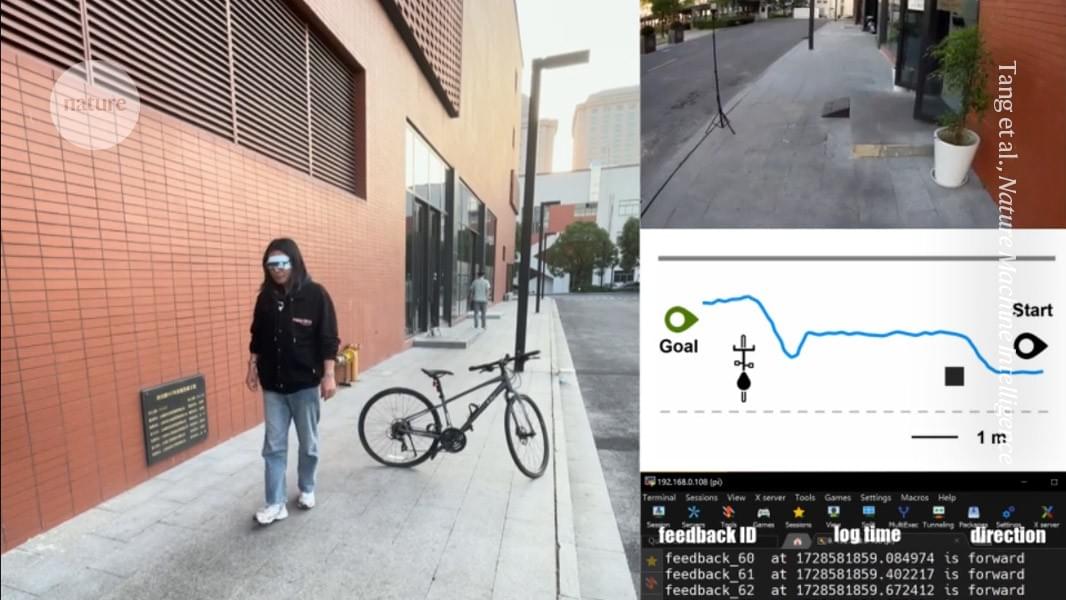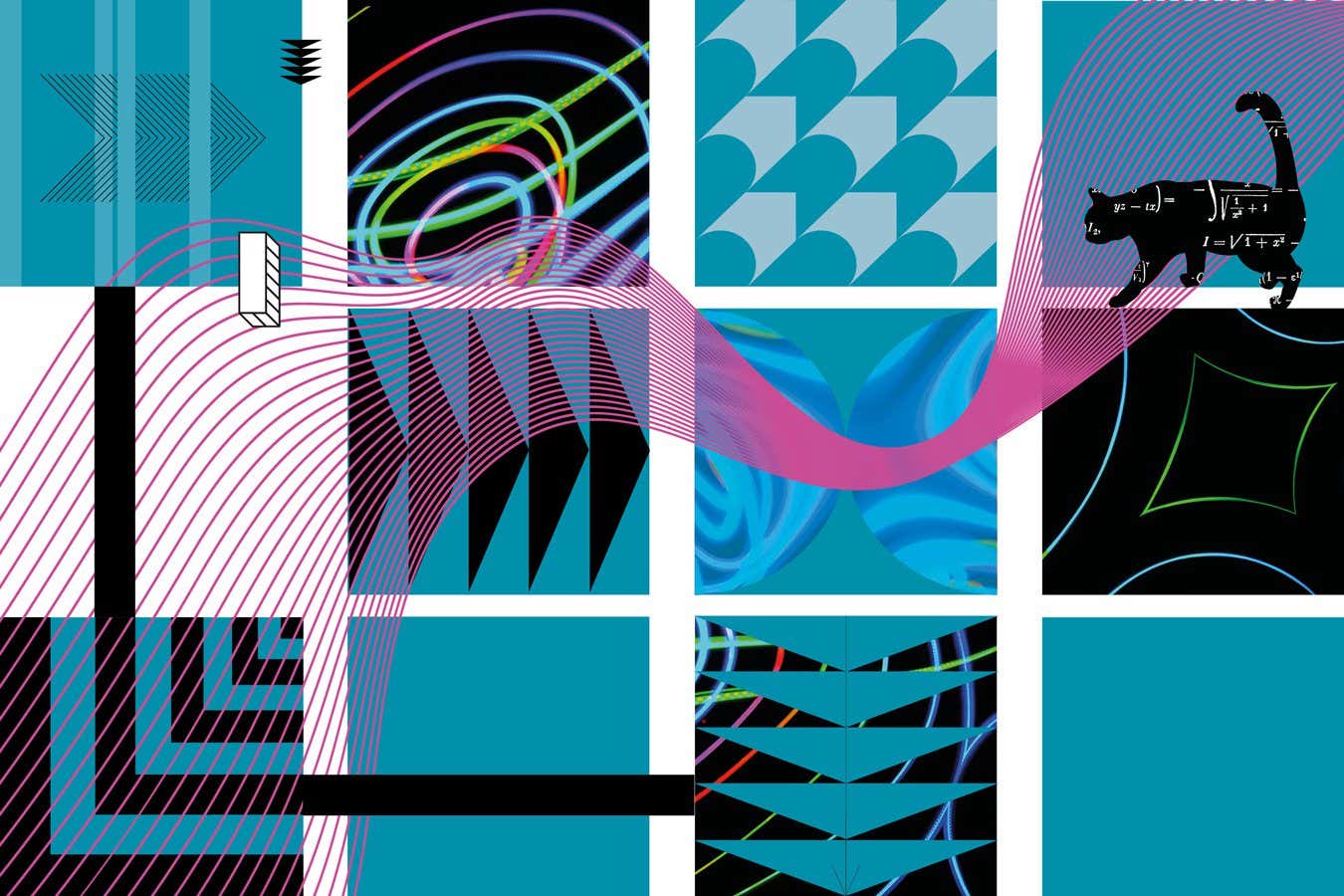A prototype wearable system uses machine-learning to guide users around obstacles.


Here’s Dennis Wilson of DBC Technologies sharing the many different use cases for AI voice agents.
He also shares how AI can retain the expertise and tribal knowledge that lives in your most capable people.
If your organization needs AI Agents for sales, service, orders, surveys or product information contact me.
I look forward helping you get started!
In this episode of the (A)bsolutely (I)ncredible podcast, Bruce Burke sits down with Dennis Wilson, Founder and CEO of DBC Technologies. Dennis is a graduate of the British Columbia Institute of Technology, and attended the University of British Columbia. DBC provides AI Voice Agents for small to medium enterprise businesses. Dennis is deeply involved in Jim Roddy’s Retail Solution Providers Association (RSPA), and is a featured speaker at their events. Dennis teaches and demonstrates the benefits of AI to these providers of solutions for retailers. Dennis is a passionate marketer, who has developed a platform that utilizes the best the AI industry offers. DBC stands for Doing Business Creatively, which defines Dennis’ approach with his customers. With over 25 + years of software, marketing, CRM, and sales automation experience, they have been integrating Artificial Intelligence capabilities into their internal software stack, and into their client’s businesses since the launch of ChatGPT. Experience DBC’s Inbound AI Voice Agents For Yourself Dial any of the numbers below to interact with DBC’s AI Agents. Ask questions, and dig deep to understand the complexities of these Agentic AI personalities from DBC. * Inbound AI Voice Agent | Claire Fox: 1−888−887−9862 * Outbound AI Voice Agent | Susan Brown: 1−888−988−1783 * Cannabis Dispensary Agent | May Bud: 1−888−628−7858 DBC helps enterprise companies equipment manufacturers, payments providers, cannabis dispensaries, POS equipment manufacturers, and software companies, break free of legacy automated attendant technologies that frustrate customers, decrease customer satisfaction, and waste money. Their services can relieve cost of staffing for tier one, and tier two technical support teams, and the associated employee churn. Dennis and company can automate your customer service center with AI voice agents, and turn it into a profit center with AI’s advanced abilities to resolve problems and then suggestively upsell new products and services, monetizing customer service calls. DBC Technologies helps retailers enhance their marketing with automated marketing solutions using an AI+Human approach. At any time, customers can be connected with a live person to help resolve issues that may need a human touch. Dennis also created an AI-powered Social Media, E-mail, and Text, marketing engine that can work along with your AI Agents to further amplify and promote your brand. Dennis and company enable independent restaurants to compete with the big money chains by implementing AI marketing and automation solutions to grow both dine-in and take out sales — without losing 30% of the order to 3rd party delivery apps. DBC is a leader in Enterprise level AI Voice Agent and ChatBot technology with both being capable of taking orders in the restaurant and cannabis industries. Your inbound calls are answered by AI Agents trained for taking customer orders at an improved level of efficiency compared with similarly human-staffed positions. DBC Technologies Specialties: * AI Automated Voice Agents * AI RAG Bots (Advanced Website Chatbots) * AI Written with Human Edited Marketing * Retail Sales Growth Consulting Services * Bespoke Software Development Services For more information about DBC Technologies Agentic AI and how to get started contact Bruce Burke directly, directly using the links provided. Thank you!



Questions to inspire discussion.
Q: 🤖 What are Kirk’s predictions for Tesla’s robotaxi rollout? A: Kirk predicts at least 1 million robotaxis on the road by end of 2026, with potential for 2–5 million by end of 2027.
Q: 🦾 When does Kirk expect Tesla to sell Optimus robots to third parties? A: Kirk expects Optimus sales to third parties in the second half of 2026.
Q: 💰 What is the estimated rental price for Optimus robots? A: Kirk estimates Tesla will rent Optimus robots for $110,000-$120,000 per year.
Market and Economic Predictions.
Q: 💹 What economic environment does Kirk predict for late 2024? A: Kirk predicts a booming economic environment by Q4 2024, driven by the AI revolution and productivity increases.
At the same time, he noted, there was still a 0.3% chance that their observation was a statistical fluke. “We need to be open and continue exploring other scenarios,” he added.
K2-18b is part of the “sub-Neptune” class of nearly 6,000 exoplanets that have been discovered beyond the solar system since the 1990s.
Finding evidence of life in the cosmos was the “holy grail” of exoplanet science, Madhusudhan said.
XPENG sees Iron as a personal assistant for admin and customer service in homes, offices, and retail—beyond just manufacturing.

IN A NUTSHELL 🌌 Kokoro Hosogi, an undergraduate student, contributed to a groundbreaking study published in Nature. 🔭 The research utilized observations from the XRISM telescope to explore the dynamics of intergalactic gas. 💫 Discovery revealed the Centaurus cluster gas exhibits a wave-like motion, challenging existing models. 🎓 Hosogi’s involvement highlights the essential role of.

A small protein involved in neurodegeneration leading to Parkinson’s disease also drives a type of skin cancer known as melanoma, new research finds.
The study, published in the journal Science Advances, suggests new avenues for drug development to reduce the risk of developing both Parkinson’s and skin cancer by targeting the alpha-synuclein protein, which appears to have a critical role in regulating cellular functions.
“Developing drugs that target alpha-synuclein may be useful in both diseases,” said the senior author.